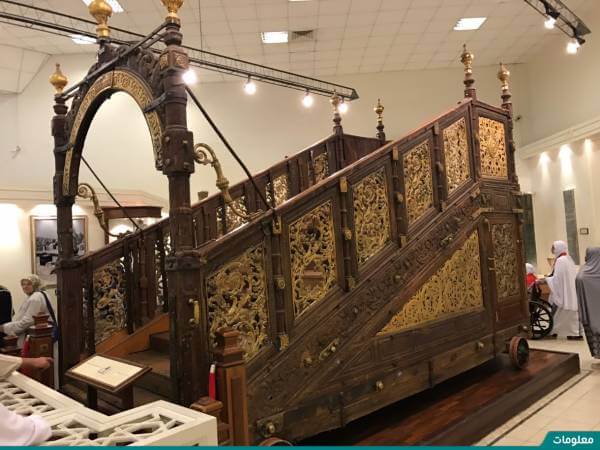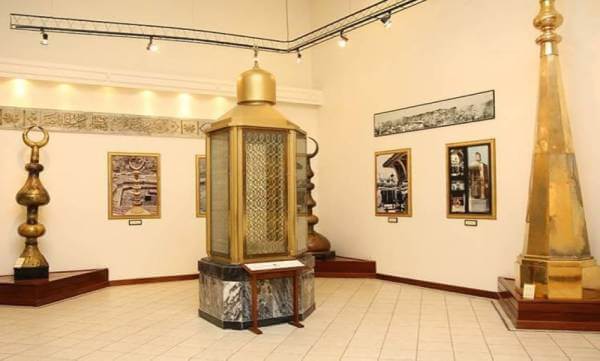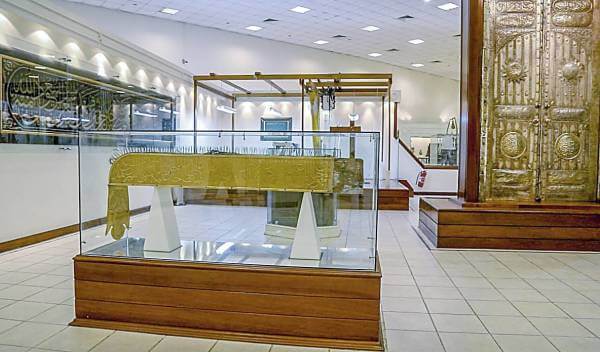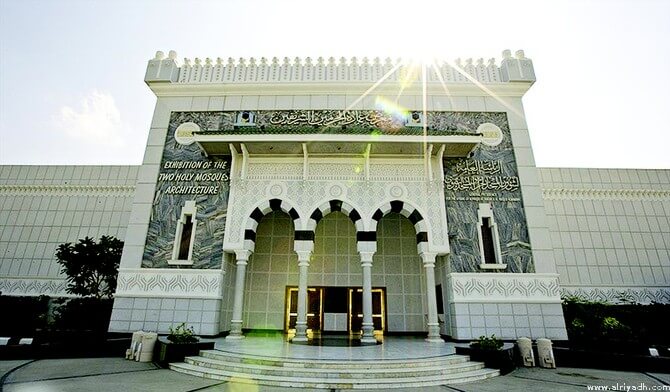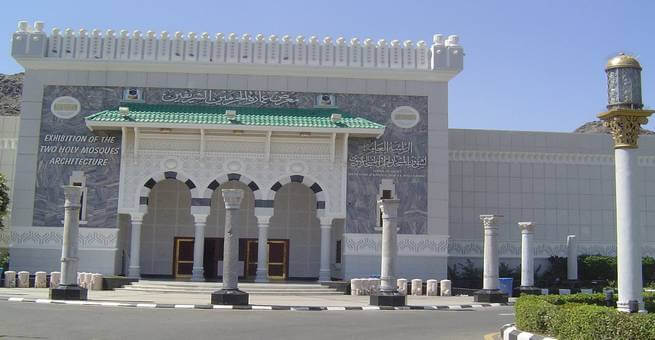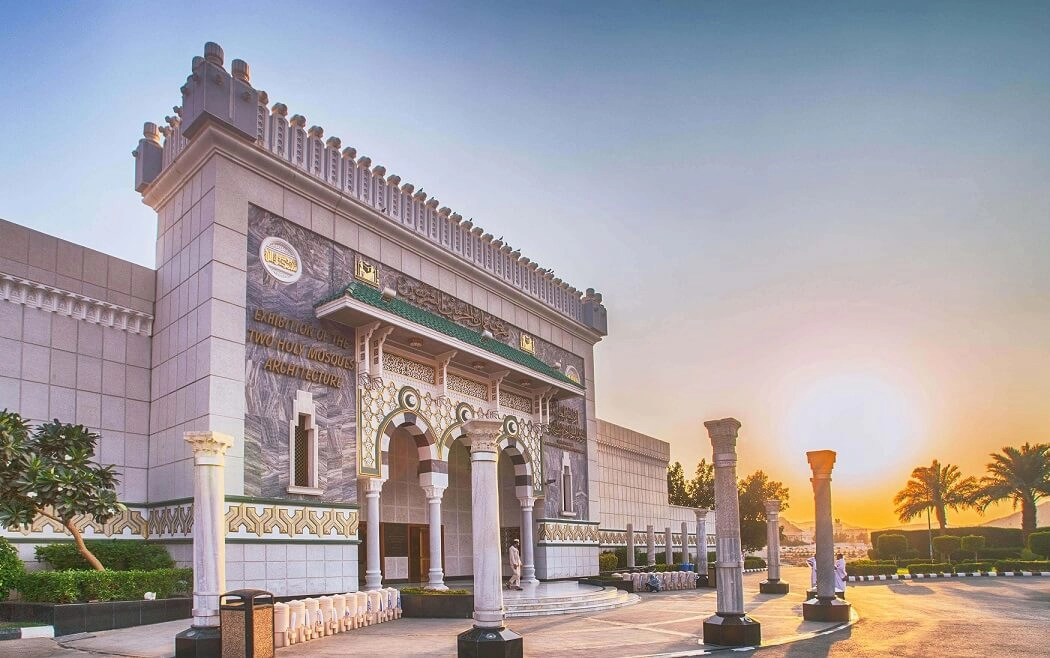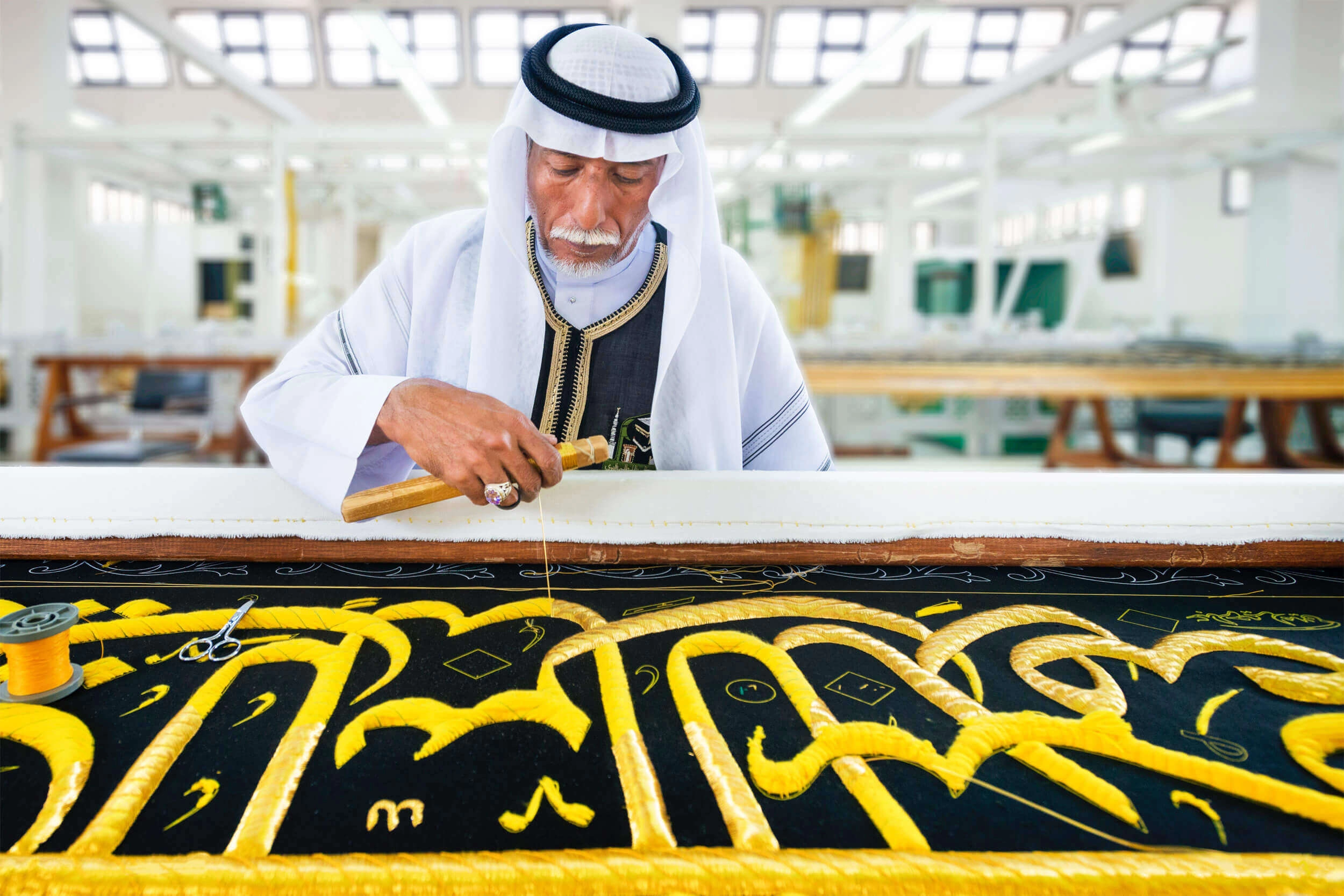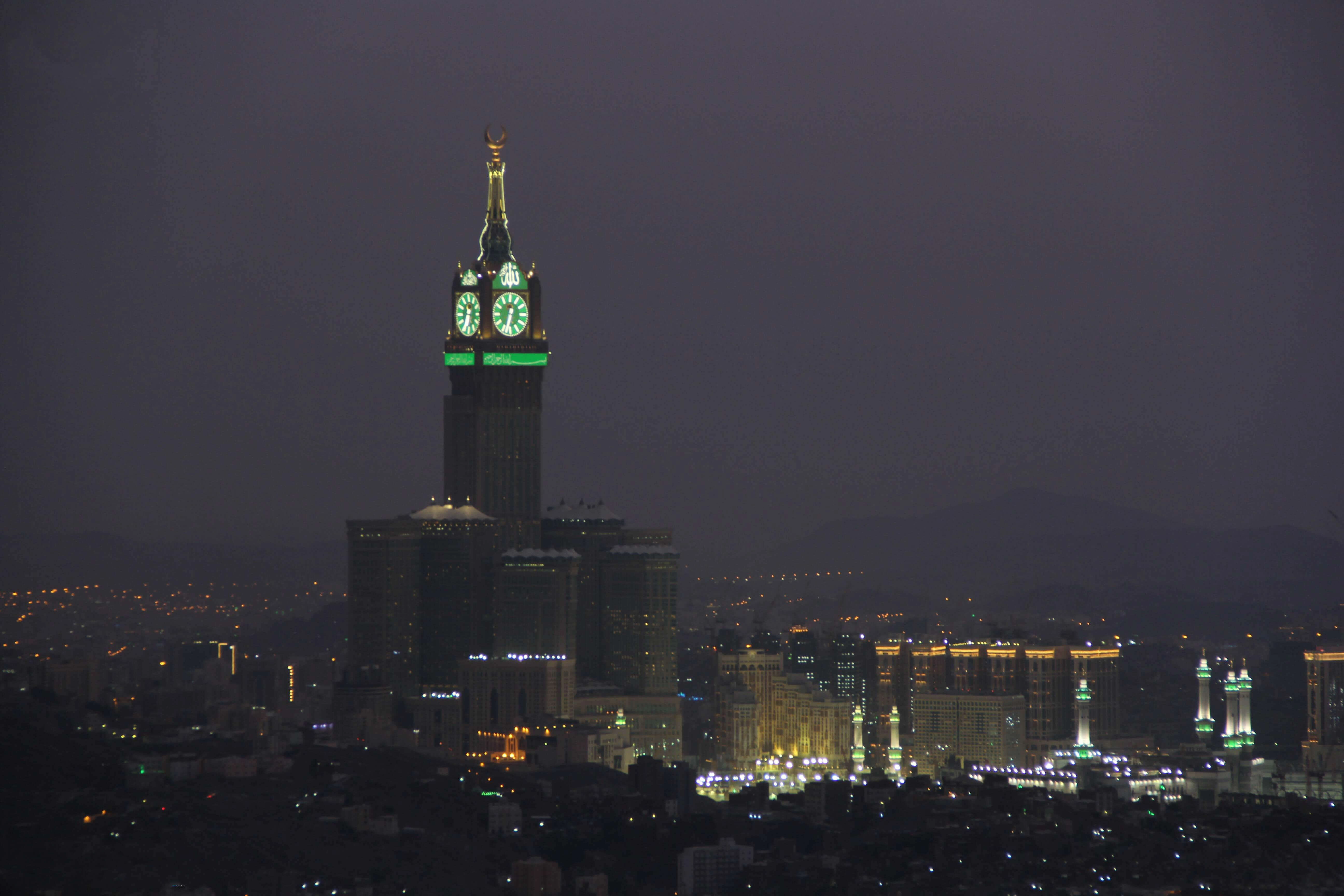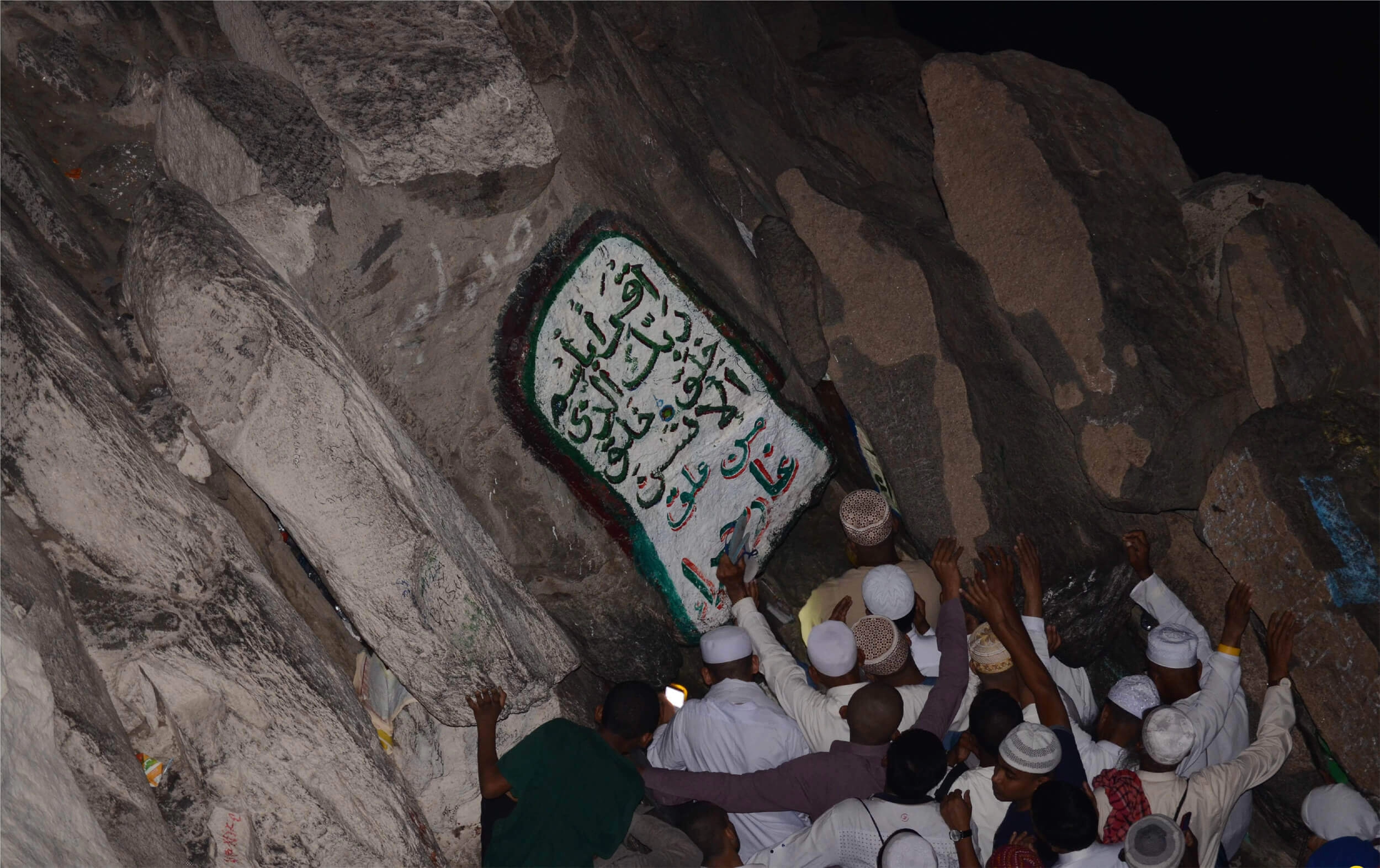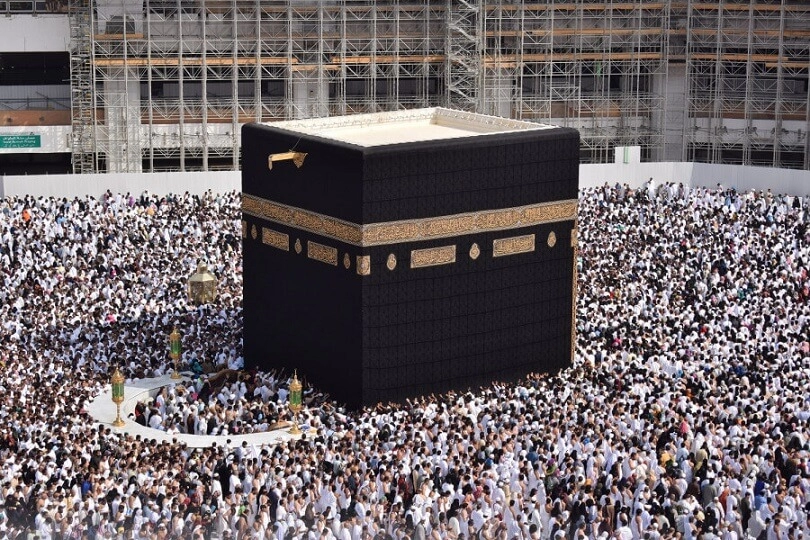About :
The Exhibition of the Two Holy Mosques is a museum in Mecca that is associated with the issues of the Holy Mosque as well as the Prophet's mosque. The Exhibition was formed in 1999 AD, and it is an exhibition that focuses on the Two Holy Mosques to demonstrate the evolution of its architecture over time. The show is divided into seven halls and includes two models of the Two Holy Mosques, as well as a number of unique images, architectural models, important historical objects, book inscriptions, and holdings of old designs.
The Exhibition sections
The exhibition contains a number of different sections, it consists of a reception hall, a Hall for the holy Mosque, a hall for the Holy Kaaba, a hall for photographs, a hall for manuscripts, a hall for the Prophet's mosque, and the Zamzam Hall, which contains a frame for the Zamzam well, made since the early 14th century Hijri.
In addition, the exhibition contains a number of rare pieces and collectibles, the most famous of which are: the Wooden Pillars of the Kaaba dating back to 65 Hijri during the reign of Abdullah bin Al-Zubair, a stone base on which the pillars were based, a crescent made of copper dating back to 1299 Hijri, the crescent of the main Lighthouse of the Prophet's mosque dating back to the 14th century Hijri, and a copper fence that was used as a cover for one of the windows of the Prophet's mosque dating back to the Saudi era
Artefacts found in the mosque
Dar Al-Salami and Al-Hamdani inscription, which dates back to 614 Hijri, this inscription was one of the inscriptions that were put on the Ramshet Ribat, and this Dar (House) was located in the Bazan alley in Mecca, where the text consists of 10 lines, 8 of which are inside a frame in a circular shape and 2 in the margin, and it was engraved on a basalt tablet that has a circular shape with a diameter of 34 cm using the prominent and clear Al-Naskh font, dating back to the year 614 Hijri / 1217 ad.
It says (In The Name of Allah Most Gracious Most Merciful, this is what the jurist poet Hajjah Al-Din Abu Bakr bin Alawi bin Hassan Al-Salami said and believed from his client Al-Nukhda Ismail bin Abdul Rahman Bin Al-Mubarak Al-Natur Al-Salami and Sheikh Shams al-Din Abu Bakr Ibn Omar bin Shihab al-Hamdani that he trusts and in believes in this house that is in Bazan alley on Rabat Ramset stripe on The holy mosque wall, and anyone who stands in front the stripe should stand a correct legitimate stand, If not, then the curse of God, all the Damned, the Angels, and all people will fall upon him, and that was at the end of Dhu al-Hijja in 614 Hijri and God blessed Muhammad and his family.. and then Abd al-Rahman ibn Abi Harami worked and was blessed by Allah, he and all Muslims, and may Allah pray for our Master Muhammad and his family ).
The inscription of the construction of Bab al-Hazura: This inscription is dated 802 AH/1399 AD to the Bab al-Hara construction, which is considered one of the west doors of the Holy Mosque. The inscription consists of three lines in the soft Hijazi font, and it was written on a rectangular board 85 × 40 cm in dimensions during the reign of Sultan Faraj bin Barqaq and dated 804 AH/1401 AD. It reads as follows:
(In The Name of Allah Most Gracious Most Merciful, the construction of this door and what was burned from the Holy mosque in the year 802 was ordered by Maulana Sultan King Nasser Faraj, son of the martyred Sultan Abu said Barquq in the year 804 ).
 العربية
العربية الصينية
الصينية